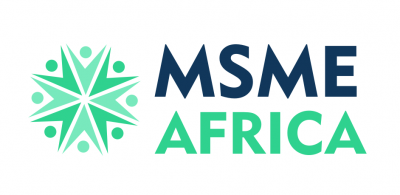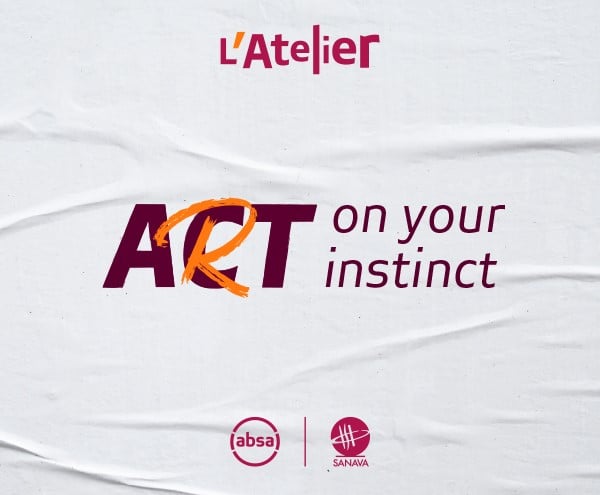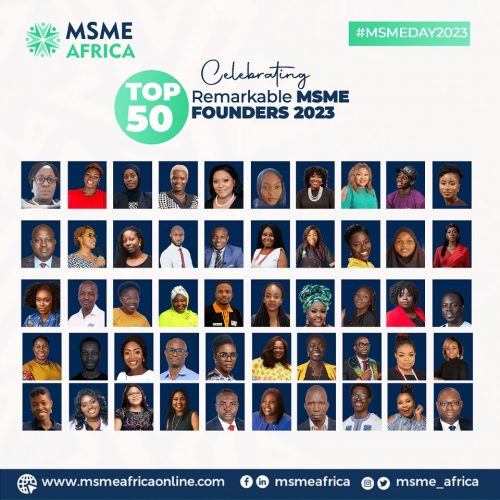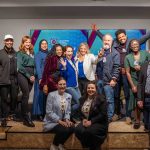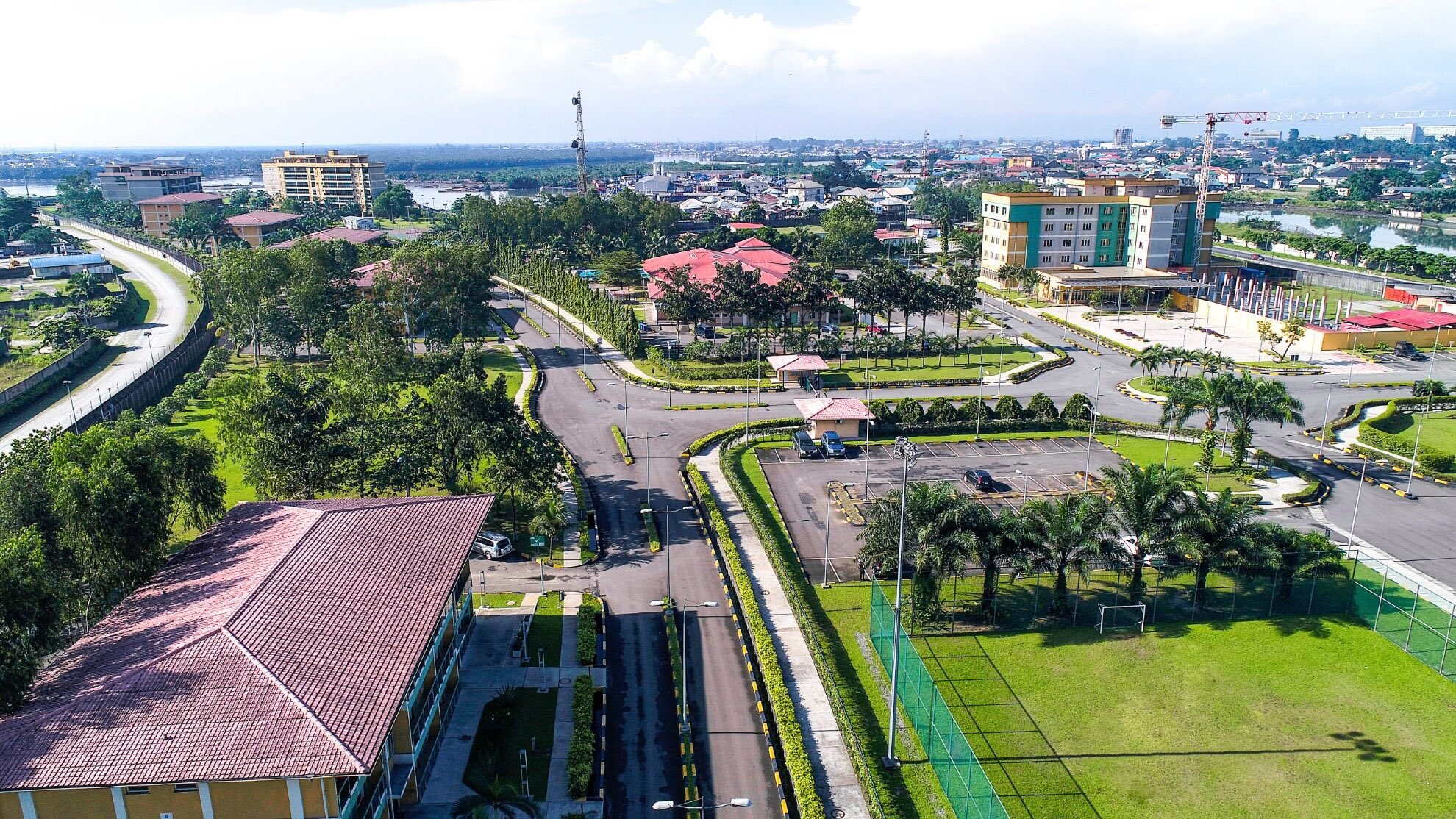Absa in partnership with the South African National Association for the Visual Arts (SANAVA) proudly announced the four category winners of the prestigious 2021 edition of the Absa L’Atelier at an online event hosted on the Absa Art Hotspot. The audience was enthralled by the music of the Mzansi Youth Choir, while dancers from Mzansi Ballet graced the platform.
After receiving a record number of registrations, hundreds of eligible entries were judged by an independent panel of adjudicators and one Ambassador per group was chosen from the three groups of African countries.
- In Group A (Mozambique, South Africa, Uganda and Zambia), the winner was Adelheid von Maltitz from South Africa.
- In Group B (Mauritius, Nigeria, Seychelles and Tanzania) the winner was Ayobola Kekere-Ekun from Nigeria
- In Group C (Botswana, Ghana, Kenya and Namibia) the winner was Blebo Michael Jackson
These artists now take on the title of Absa L’Atelier Ambassador 2021, while the winner in this year’s Absa L’Atelier Gerard Sekoto category was Cape Town-based artist Abongile Sidzumo.
The Ambassadors received trophies that depict hands, symbolising the physical manifestation of creation, designed, and produced by established South African artist Roberto Vacarro, while the Gerard Sekoto trophy depicts a bull, representing prosperity and resilience.
The criteria for selecting the Ambassador included technical execution i.e. the artist’s expert handling of material and techniques; conceptual and thematic engagement i.e. how they revealed an honest and intellectual reasoning or rationale; freshness of artistic vision within the context of the contemporary African art landscape i.e. how the artist engaged with honest and fresh ways of seeing; as well as aesthetic appeal which implies that the artist must have shown great consideration for visual quality and conceptual concerns, and whether the portfolio of artworks was a cohesive submission carrying the intended message or thematic idea.
Group A winner, Adelheid von Maltitz, is currently studying towards her PhD in Fine Arts at the University of the Free State in South Africa, where she also lectures primarily in sculpture and drawing. Her winning entry, presented in partial fulfilment of the requirement for her Doctor of Philosophy degree, is concerned with the transformative potential of dynamic threshold places such as roadside shrines. For her, making sculpture and installation art involves processes that allow her to constructively engage personal anxieties around death and loss.
Her interest in roadside shrines was sparked when she observed, what looked like a mother and sister continually, over months, rebuilding and maintaining a roadside shrine which she passed regularly on her daily commute. By initially examining the nature of roadside shrines in relation to her own art-making processes, she was struck by the similarities in the ways in which death and loss may be engaged with, constructively and in a healing manner, through art.
Group B winner, AyobolaKekere-Ekun, hails from Nigeria and, like Adelheid, is also pursuing a PhD in Art and Design from the University of Johannesburg. Fascinated with lines, her brightly coloured work is driven by three foundation pillars: lines, neutrality of paper and fabric. Ayobola transforms traditional Nigerian fabric and paper with a technique called quilling, whereby strips of material and paper are individually shaped, placed, and secured to capture pockets of light and shadow, giving her works a three-dimensional effect. It is a methodical and labour-intensive process; a single piece can take her between three and seven weeks to complete.
Group C winner, Michael Blebo, also known as Troy, was born in Accra, Ghana. Specialising in sculpture, he is a Fine Arts graduate from the Kwame Nkrumah University of Science and Technology in Kumasi. His work combines sculpture, installation and drawing, and explores the environment and the decay of domestic architecture. As an emerging artist, he combines unconventional material such as white clay, charcoal, natural pigment, brown paper and chipboard to erect large scale works. Scale plays a major role in his work and he is influenced by the large scale works of American artists Richard Serra, Laurie Lipton and AdonnaKhare as well as fellow Ghanaian Ibrahim Mahama.
Established 17 years ago, the Gerard Sekoto award goes to a South African artist, aged between 25 and 35 years, who has continued to demonstrate integrity in the quality of their artwork. The Award is made possible by the Embassy of France in South Africa, the French Institute of South Africa (IFAS), which is the cultural arm of the Embassy, and the Alliance Française network in South Africa.
“With our partners Absa and SANAVA, we are proud to support the Gerard Sekoto award and to accompany young artists to share their work both nationally and internationally. We believe in this award which grants a talented young South African artist an amazing opportunity: to expand his or her horizons with a 3-month artistic residency at the Cité Internationale des Arts in Paris, and, of course, gain greater exposure as a result. The artists are inspired and inspire. They learn, and they teach. They explore, and exhibit, allowing people in France and in South Africa to learn more about their individual style and vision”, says AurelienLechevallier, who is France’s Ambassador to South Africa.
The 2021 Absa L’Atelier Gerard Sekoto category winner Abongile Sidzumowas born in Cape Town, where he currently lives and works. Abongile completed his degree in Fine Arts at the Michaelis School of Fine Arts in 2019. He works with leather offcuts and repurposed materials to create works that reflect and interrogate humanity, the way we co-exist and our relationship with nature. He also revisits memories and connects them to spaces he has lived in as well as the everyday life of marginalised communities.
Leather is often associated with luxury, wealth and power. Through his process of restitching and weaving leather, Abongile proposes that we start thinking about repurposed materials. By his process of stitching, he is connecting to notions of healing trauma and in a sense, his practice also functions as a manner of interrogating the continuous healing of black communities in post-apartheid South Africa.
The adjudicators for this award were acclaimed artist and Director at BKhz, Banele Khoza as well as ArmelleDakouo, independent curator and artistic director at AKAA Art & Design Fair.
Though Covid-19 provided its challenges, the past two years were likewise a period of innovation and technological progression. “The pandemic has allowed us to advance our digital art presence with the launch of the Absa Art Hotspot. This unique virtual experience platform made it possible for us to host live events such as webinars, art exhibitions, art masterclasses, and art auctions, while certain elements of our art-related sponsorships and partnerships such as this year’s awards event were also migrated to the platform,” says Paul Bayliss Senior Specialist Art Curator at Absa.
SANAVA President, Dr AvithaSooful, commended her partners, Absa, for forging ahead and continuously seeking ways to impact the African visual arts scene even during the ongoing pandemic.
“The Covid-19 pandemic derailed our plans for 2020 but through some innovative thinking, we were able to come back stronger this year and we actually have more entries than we have ever had for this competition. I commend the work that our partners, Absa, have done in making sure that African artists continue to reap the rewards of their hard work,” Dr Sooful said.
“We look forward to working with this year’s ambassadors and Gerard Sekoto winner and providing the next generation of young African artists with the support, recognition, and exposure they need to solidify their careers and build their brands,” concluded Bayliss.
For further information about Absa L’Atelier winners, please visit https://latelier.absa.africa
